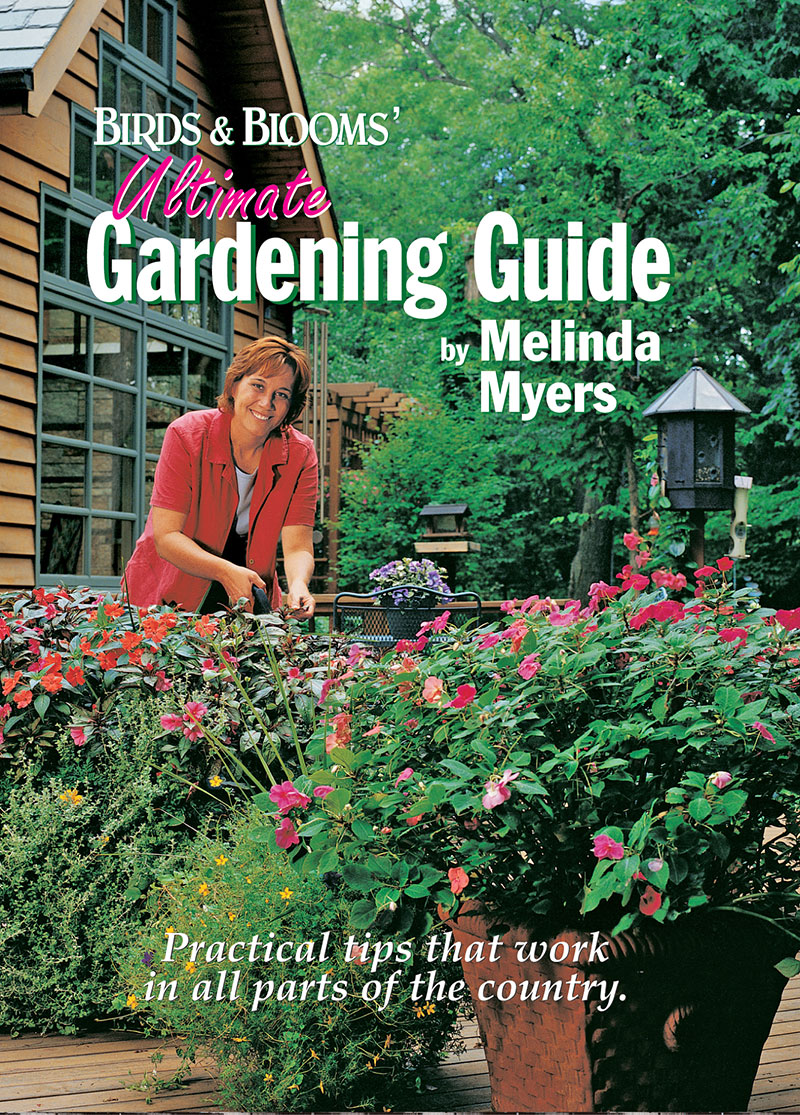
Hardiness Zones and Plants
What exactly does "Hardiness Zone" mean, and can I plant a specimen with a lower rating than my zone? For instance, I live in southern California, which is zone 9-10. Can I plant a Tatarian dogwood, which is recommended in zones 2-7?
Hardiness zones are just one of many factors to consider when selecting a plant. Soil, sunlight, wind and other factors are also important in growing healthy plants.
Cold hardiness refers to a plant's ability to tolerate the average annual minimum temperature in that region. The lower the hardiness rating means the more cold tolerant the plant. Heat hardiness is a relatively new rating for plants. It is based on the average number of days per season with temperatures above 86 degrees. The more heat tolerant the plant is, the higher its hardiness rating.
Most plants will grow and thrive in several hardiness zones just like the Tatarian dogwood rated hardy in zones 2 to 7. Northern gardeners continually try to push tender plants into colder regions while southern and western gardeners, like you, try to push plants into warmer regions. The Tatarian dogwood does best in zones 2 to 7. It performs poorly in warmer areas where it is heat stressed making it more susceptible to canker and thus short lived.
Some cold loving plants have more heat tolerant varieties. For example common lilacs grow best in zones 3 to 7. ‘Blue Boy', ‘Chiffon' and ‘Sylvan Beauty' are varieties of this northern plant that will tolerate and bloom in the warmer temperatures and minimal chilling found in zones 8 and 9.
Topography, elevation and large bodies of water influence the high and low temperatures of surrounding areas causing small variations within larger hardiness zones. You can create microclimates within your landscape by reducing the temperature extremes in certain areas of the yard.
Cool things off by planting sun lovers in areas where they only receive morning sun. Northern gardeners can use windbreaks, plant in protected areas or add warming stones to create small slightly warmer environments where less-than-hardy plants may survive.
No matter what the climate we all suffer "zone envy" - trying to grow something that likes it cooler or warmer than our climate. All gardeners have pushed the zonal limits. Sometimes we get lucky and other times we replace the plant with something more suited for our climate.
Related
Upcoming Live Events
& Webinars
April 27, 2024
Ridges & Rivers Book Festival
Viroqua, WI
Register now
April 28, 2024
Flowering Trees and Shrubs
Ebert's Greenhouse Village, Ixonia, WI
May 1, 2024
FREE WEBINAR
Ornamental Fruits and Vegetables
Register now
May 4, 2024
Garden U 2024
New Richmond, WI
Register now
May 9, 2024
FREE WEBINAR
How to Plant Your Rain Garden
Register now
May 11, 2024
Ask The Plant Doctor Q & A
Ebert's Greenhouse Village, Ixonia, WI
May 12, 2024
Ask The Plant Doctor Q & A
Ebert's Greenhouse Village, Ixonia, WI
May 18, 2024
Ask The Plant Doctor Q & A
Ebert's Greenhouse Village, Ixonia, WI
June 1, 2024
Selecting, Planting, Pruning and Caring for Hydrangeas
Ebert's Greenhouse Village, Ixonia, WI
June 5, 2024
FREE WEBINAR
Under-Appreciated Pollinators
Register now
WATCH ON-DEMAND WEBINARS
Learn More














